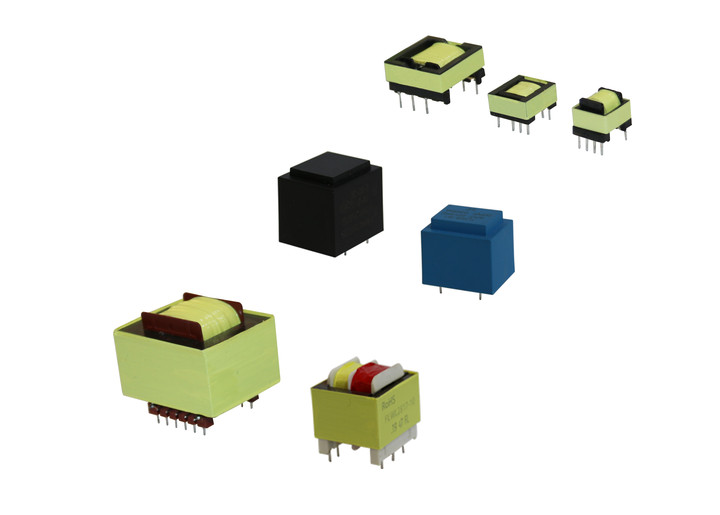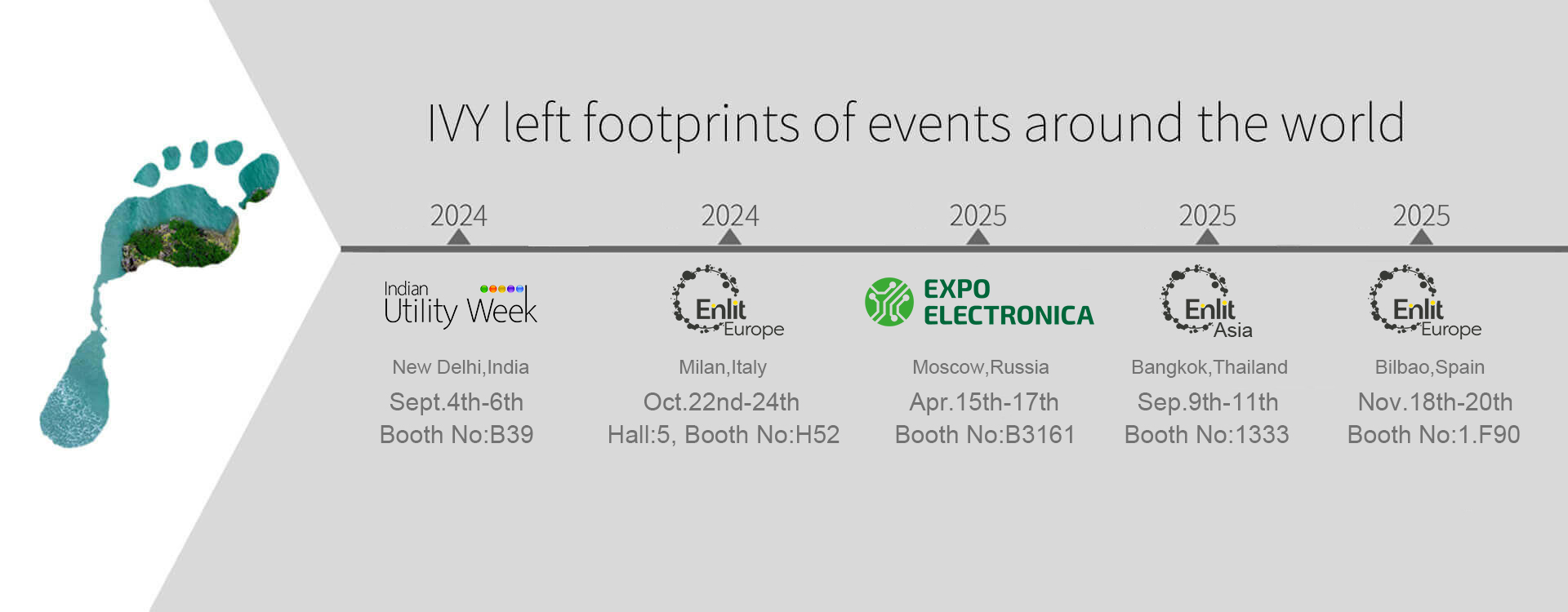Types and application scenarios of transformers
How the transformer works
The primary winding and secondary winding of the transformer are equivalent to two inductors. When an AC voltage is applied to the primary winding, an electromotive force is formed on the primary winding to generate an alternating magnetic field. The secondary winding is affected by the primary winding. It also produces an induced electromotive force (voltage) that is the same as the change of the primary winding's magnetic field, so the secondary winding outputs an AC voltage, which is the transformation process of the transformer.
Transformer classification
Classified by cooling method: dry (self-cooling) transformer, oil-immersed (self-cooling) transformer, fluoride (evaporative cooling) transformer.
Classified by moisture-proof method: open transformer, potted transformer, sealed transformer.
According to the core or coil structure classification: core transformer (insert core, C-type core, ferrite core), shell transformer (insert core, C-type core, ferrite core), Toroidal transformers, metal foil transformers.
According to the number of power phases: single-phase transformer, three-phase transformer, multi-phase transformer.
Classified by purpose: power transformers, voltage regulating transformers, audio transformers, intermediate frequency transformers, high frequency transformers, pulse transformers, etc.
Having seen the transformer types above, our IVY has three types: pin transformers, high frequency transformers, and potting transformers. Let me explain in detail what our transformers do and where they can be used.

Pin transformer-with CQC certification, environmental protection ROHS certification, can isolate withstand voltage 2500Vac, insulation class Class B (130 ℃) single-phase input, multiple output. Widely used in intelligent reclosing, refrigerators, washing machines, industrial control equipment, etc.
High-frequency transformer-small size, low loss, wide operating frequency range, environmental protection ROHS certification, isolation withstand voltage 3750Vac, insulation class B (130°C), high-frequency switching power supply, inverter power supply. It is widely used in the switching power supply, lighting circuit, various electronic equipment, mobile phone chargers, LED lighting, power supply adapters, and electrical industrial control motherboards.
Encapsulated transformer-ØCQC certification, environmental protection ROHS certification, isolation withstand voltage 2500Vac, insulation class Class B (130°C), single-phase input, multi-group output. This transformer is mainly matched with the National Grid, and is widely used in smart reclosing, electric meters, refrigerators, washing machines and other household appliances and other equipment.
I have explained so much to everyone, I believe you have taken a step further in your understanding of transformers. If you are interested in our products, please don’t hesitate to contact us.












